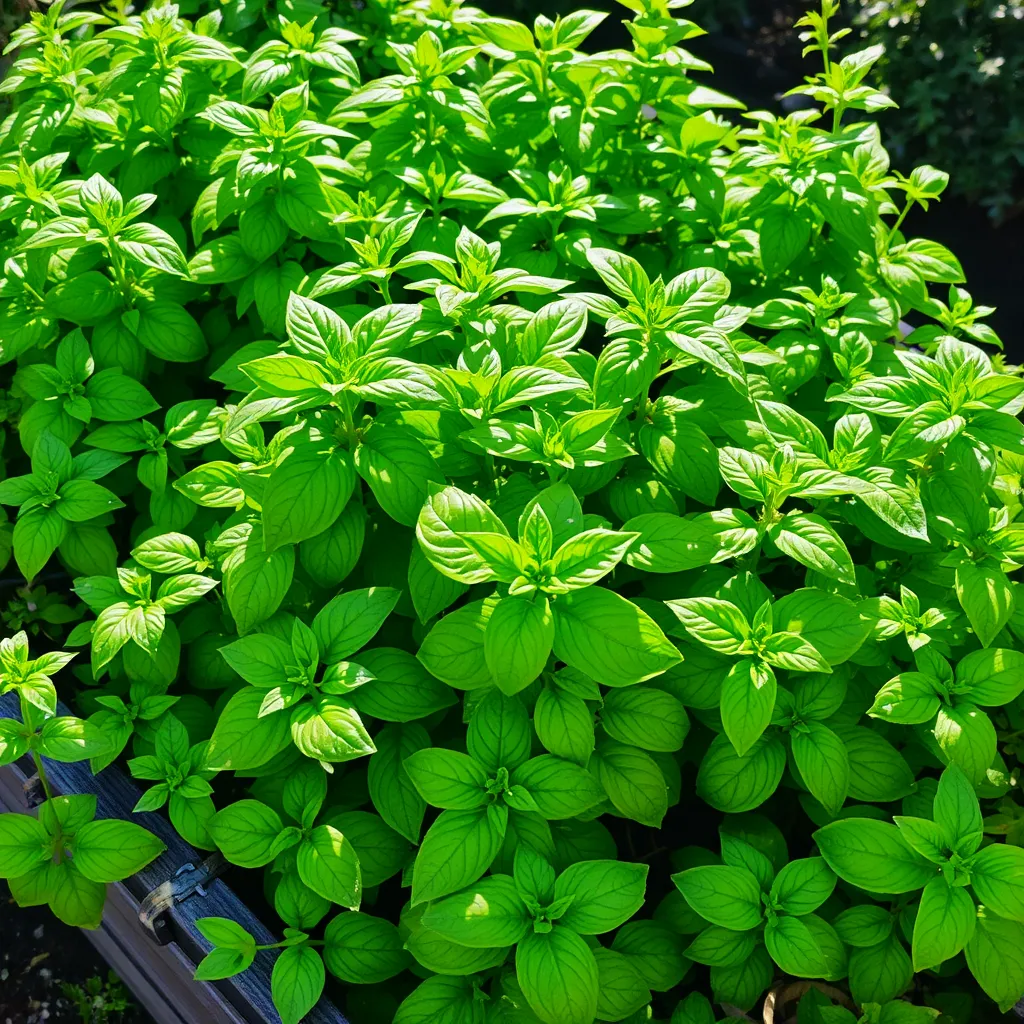9 Essential Herbs to Grow in Your Home Garden Now

Ready to enhance your meals and boost your health? Growing herbs at home is not just easy, it’s rewarding. In this article, I’ll share the nine essential herbs you should start growing in your garden now. From fresh basil to aromatic sage, each herb comes with unique benefits and uses. Let’s dig into how these plants can elevate your cooking and wellness!
Basil: Characteristics, growing conditions, culinary uses, and health benefits

Basil is a bright green herb with soft leaves. It loves warm weather. You should plant it after the last frost. Basil needs plenty of sunlight, about six to eight hours a day. Water it well but do not let it sit in water. This herb is great in many dishes. You can use it in pasta, salads, and even on pizza. It gives food a fresh, sweet taste.
Basil also has health benefits. It may help reduce stress and inflammation. Some say it can help with digestion too. Growing basil at home is easy and rewarding. You can snip off leaves as you need them. The taste is so much better than store-bought!
Mint: Overview, ideal growing environment, cooking applications, and medicinal properties

Mint is a cool and refreshing herb. It grows quickly and spreads fast, so give it space. Mint enjoys partial shade and needs moist soil. You can grow it in pots to control its growth. Mint is great in drinks, desserts, and salads. It adds a fresh flavor to tea and cocktails.
Mint also has health perks. It can help with digestion and may soothe headaches. You can even use mint oil for aromatherapy. This herb is fun to grow and easy to use in many recipes!
Rosemary: Description, care requirements, uses in cooking, and potential health advantages

Rosemary is a hardy herb with needle-like leaves. It thrives in warm, sunny spots. Rosemary does well in well-drained soil. Water it when the soil feels dry. This herb is bold in flavor. You can use it in roasted meats, soups, and bread.
Rosemary holds health benefits too. It may improve memory and boost mood. Some people use it in skin care for its anti-inflammatory properties. Growing rosemary in your garden adds both flavor and wellness to your life.
Thyme: Traits, growing needs, culinary uses, and natural remedies

Thyme has small leaves and a strong scent. It grows well in sunny spots. Plant it in well-drained soil. Water it lightly, as too much water can harm it. Thyme needs about six hours of sun each day.
In cooking, thyme adds flavor to meats and soups. You can use it fresh or dried. It works well with garlic, lemon, and olive oil. You can also use it in sauces and marinades.
Thyme has natural healing properties, too. People use it for coughs and sore throats. It can help with digestion and acts as an antioxidant.
Chives: Characteristics, best growing practices, uses in recipes, and health benefits

Chives are a member of the onion family. They have long, green stems with a mild onion taste. You can grow them indoors or outdoors. They like sunny places with good drainage. Water them when the soil feels dry.
In the kitchen, chives enhance salads, eggs, and soups. You can chop them fresh and sprinkle on dishes. They add color and flavor.
Chives are rich in vitamins A and C. They also have minerals like calcium and iron. Eating chives can support your immune system and improve digestion.
Parsley: Overview, cultivation tips, applications in cooking, and nutrients it provides

Parsley is a bright green herb with flat or curly leaves. It grows well in sun or partial shade. Use rich, moist soil for the best results. Water it regularly, but avoid soggy soil.
In cooking, parsley is a garnish and a flavor booster. You can add it to salads, soups, and sauces. It brightens up many dishes with its fresh taste.
Parsley is packed with vitamins K, C, and A. It also has iron and antioxidants. Eating parsley can help improve bone health and reduce inflammation.
cilantro

Cilantro has bright green leaves and a strong smell. It grows well in warm weather. Plant it in a sunny spot with good soil. Water it often but not too much. You can harvest cilantro in about 3 to 4 weeks. Use it in salsa, tacos, and salads for a fresh taste. Cilantro may help with digestion and boost your immune system.
Oregano

Oregano is a small herb with fuzzy leaves. It loves sunny spots and well-drained soil. This herb grows best in warm weather. You can use oregano in pasta, pizza, and sauces. It adds a tasty kick to your meals. Oregano also has antioxidants, which are good for your health. It may help fight infections too.
Sage

Sage has soft, gray-green leaves and a strong flavor. It grows well in full sun and dry soil. You can pick leaves after a few months of growth. Sage is great in stuffing, soups, and meats. People also use sage for its healing properties. It may help with sore throats and improve memory.
Conclusion
In this post, we explored many herbs like basil, mint, rosemary, and thyme. Each herb has distinct traits and care needs, making them unique. You can use these herbs in cooking, plus they offer health benefits. Chives, parsley, cilantro, oregano, and sage also play important roles in recipes and wellness.
Growing herbs enriches your meals and boosts your well-being. Start your herb garden today for a flavorful and healthy life.






